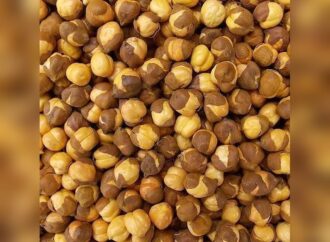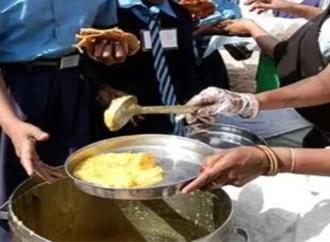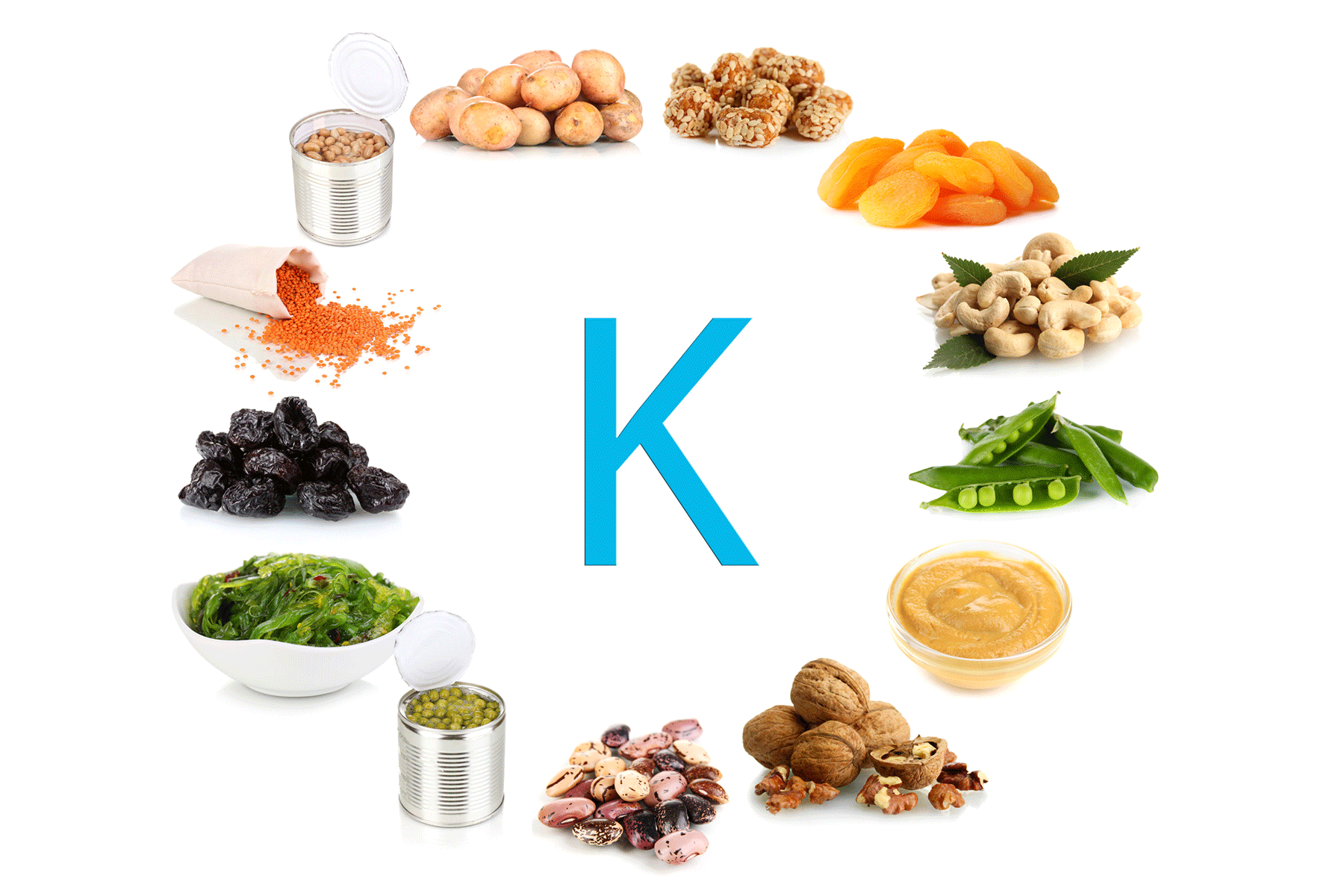Report
On Thursday, major U.S. fast-food chains temporarily removed fresh onions from their menus, identifying the vegetable as the probable cause of an E. coli outbreak linked to McDonald’s (MCD.N). This incident underscores a persistent challenge for restaurants: preventing contamination in fresh produce, which has become a bigger concern than beef safety.
The outbreak at McDonald’s has infected at least 75 people, killing one person across several Midwestern and Western states. In response, McDonald’s pulled the Quarter Pounder from the menu at about 20% of its 14,000 U.S. locations.
On Friday, the U.S. Food and Drug Administration (FDA) reported that two of the 61 individuals with available data developed hemolytic uremic syndrome, a severe illness that can cause kidney failure. A total of 22 people required hospitalization.
Shifting Risks: From Beef Safety to Produce Contamination
Years ago, foodborne illness outbreaks commonly involved beef. After a significant E. coli outbreak linked to Jack in the Box (JACK.O) hospitalized over 170 people and caused four deaths, federal regulators tightened beef safety standards, which has made beef-related outbreaks far less frequent. Today, scientists recognize production as a greater challenge.
“Produce is a much harder problem,” said Mike Taylor, an attorney and former food safety director at the FDA and U.S. Department of Agriculture who now serves on the board of STOP Foodborne Illness, a nonprofit organization. According to experts, the main distinction is that consumers usually eat fresh produce raw, while they typically cook beef. As food safety expert Donald Schaffner from Rutgers University explains, proper cooking acts as a “silver bullet” against infections.
Source: Reuters
 Food Manifest
Food Manifest 


















